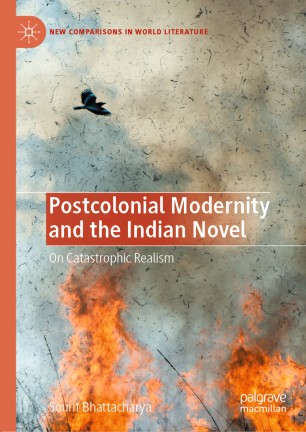

Most ebook files are in PDF format, so you can easily read them using various software such as Foxit Reader or directly on the Google Chrome browser.
Some ebook files are released by publishers in other formats such as .awz, .mobi, .epub, .fb2, etc. You may need to install specific software to read these formats on mobile/PC, such as Calibre.
Please read the tutorial at this link. https://ebooknice.com/page/post?id=faq
We offer FREE conversion to the popular formats you request; however, this may take some time. Therefore, right after payment, please email us, and we will try to provide the service as quickly as possible.
For some exceptional file formats or broken links (if any), please refrain from opening any disputes. Instead, email us first, and we will try to assist within a maximum of 6 hours.
EbookNice Team

Status:
Available4.4
6 reviewsThis book argues that modernity in postcolonial India has been synonymous with catastrophe and crisis. Focusing on the literary works of the 1943 Bengal Famine, the 1967–72 Naxalbari Movement, and the 1975–77 Indian Emergency, it shows that there is a long-term, colonially-engineered agrarian crisis enabling these catastrophic events. Novelists such as Bhabani Bhattacharya, Mahasweta Devi, Salman Rushdie, Rohinton Mistry, Nabarun Bhattacharya, and Nayantara Sahgal, among others, have captured the relationship between the long-term crisis and the catastrophic aspects of the events through different aesthetic modalities within realism, ranging from analytical-affective, critical realist, quest modes to apparently non-realist ones such as metafictional, urban fantastic, magical realist, and others. These realist modalities are together read here as postcolonial catastrophic realism.